Table of Contents
Artisans in Granada, exploring the ancestral artistic heritage of Andalusia´s gem.
Artisans in Granada, and their marvelous creations, are a reflection of the cultural diversity and varied traditions that co-existed in this territory throughout history.
From the Iberians and Phoenicians to the Muslims, who left a significant mark for over eight centuries, the city has taken in and adopted artistic influences and styles from different periods.
Granada’s craftsmanship bears the Christian mark and a unique blend of styles that has crossed borders.
On a journey to Granada, beyond the breathtaking views of the Alhambra and the cobblestone streets of Albaicín, lies a hidden treasure in the city’s rich artisanal tradition.
Granada’s craftsmanship, with its fusion of styles and techniques passed down through the centuries, offers a unique experience for those seeking to take home a truly authentic piece of local history.
In this article we will take a look at some of the most outstanding styles of craftsmanship in Granada.
Artisans in Granada: the Art of Plasterwork
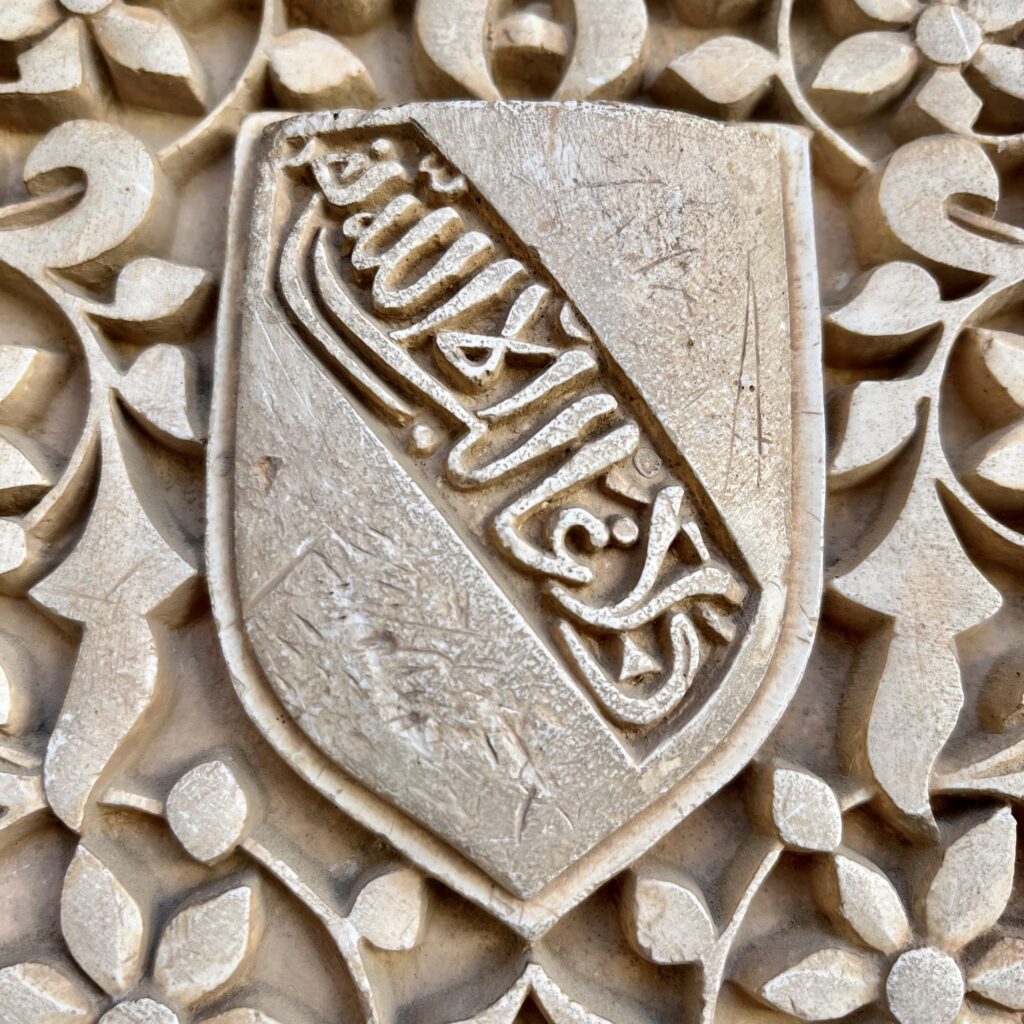
The art of plasterwork, developed during the Nasrid dynasty, transforms simple plaster into an amazing form of fine art.
Artisans in Granada sculpt geometric shapes and plant motifs in plaster, using traditional techniques and precious minerals such as gold leaf, silver, lapis lazuli, malachite, and other semi-precious stones.
These additions not only added visual splendor but also added to the plasterwork symbolic and spiritual significance.
One notable method is called “al-qāshi,” involving the use of wet plaster to create intricate patterns and relief designs.
Artisans would sculpt these patterns by hand or using molds, allowing for remarkable precision and detail.
Nowadays, you can find the best example of plasterwork in the Alhambra Palaces, which stands as a testament to the sophistication of Nasrid plasterwork.
Its walls, ceilings, and arches are adorned with intricate plaster carvings known as “stucco” or “gypsum plasterwork.”
Nasrid plasterwork enduring beauty continues to fascinate and inspire admirers around the world.
Artisans in Granada: Fajalauza Ceramics
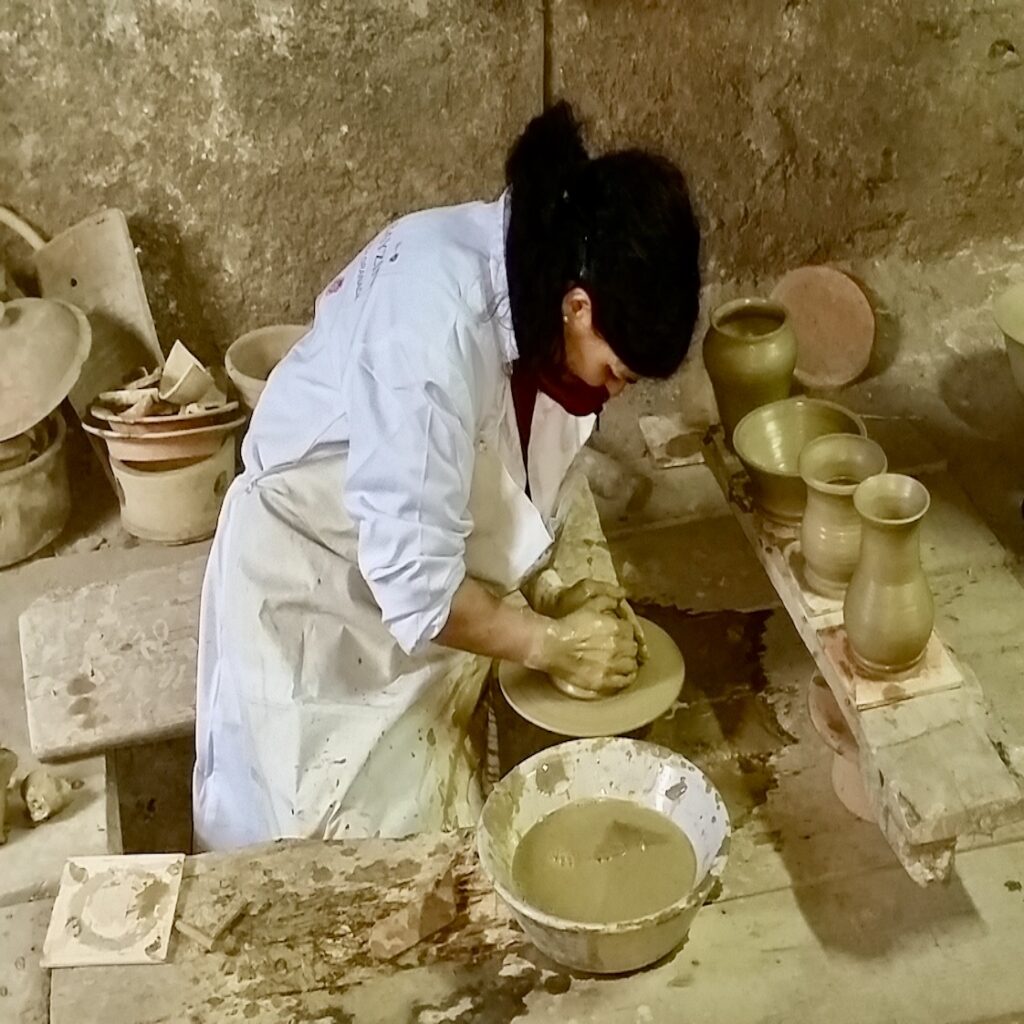
Fajalauza ceramics trace their lineage back to the Nasrid era of Muslim rule in Spain (13th to 15th centuries).
Particularly in Granada, artisans mastered this pottery technique that has been passed down through generations.
The name “Fajalauza” refers to a historic pottery neighborhood in Granada where these ceramics were traditionally produced.
This district, known for its bustling workshops and kilns, became synonymous with the production of high-quality, decorative pottery.
Artisans in Granada mold the clay by hand, or with the help of a potter’s wheel, to create various forms such as plates, bowls, vases, and tiles.
After shaping, the pieces are typically fired in kilns to harden the clay.
What distinguishes Fajalauza ceramics is their vibrant decoration with motifs inspired by nature, such as pomegranates, birds, flowers, geometric patterns, and Arabic calligraphy.
Fajalauza ceramics are not just decorative objects; they are also part of the history and identity of Granada and its inhabitants that continues to enchant audiences with its beauty, craftsmanship, and cultural significance.
Artisans in Granada: Luthiery
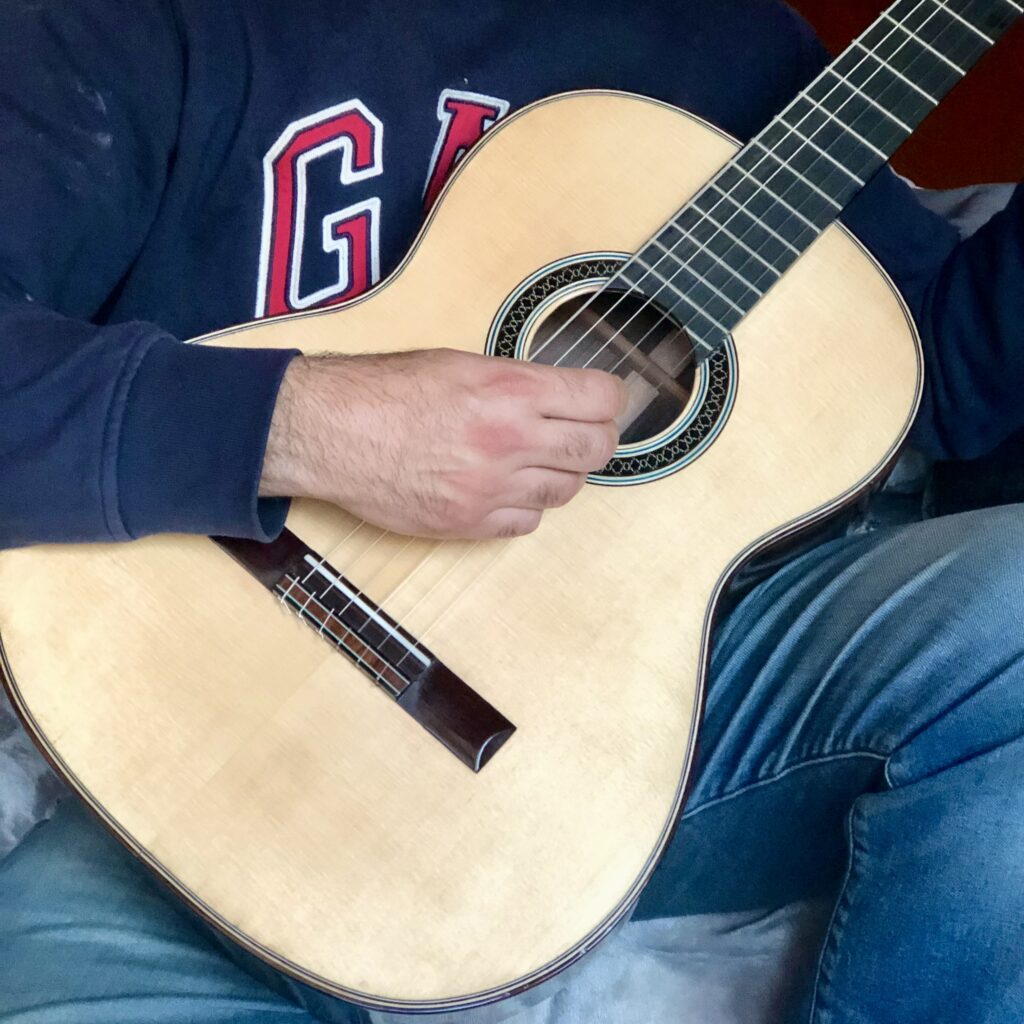
Artisans in Granada hold a distinguished reputation as luthiers, particularly in the construction of guitars.
The painstaking making of these instruments takes skills in cabinet-making, marquetry, varnishing and a deep understanding of musical principles.
Granada’s tradition of luthiery has deep roots, dating back centuries.
The guitars crafted in Granada are more than mere musical instruments; they are cherished cultural treasures that bring the spirit and heritage of the region to our senses.
From flamenco to classical music, these guitars have played an integral role in shaping Granada’s musical identity.
Granada’s luthiery tradition is passed down through generations, often within family workshops or through apprenticeship programs.
Aspiring luthiers learn the craft through hands-on experience, working alongside master craftsmen to refine their skills and techniques
Granada-made guitars are sought after by musicians and collectors worldwide for their exceptional quality and craftsmanship.
Granada’s luthiers are world-famous, which has made Granada a privileged destination for guitar lovers.
Artisans in Granada: Fabrics and Embroidery
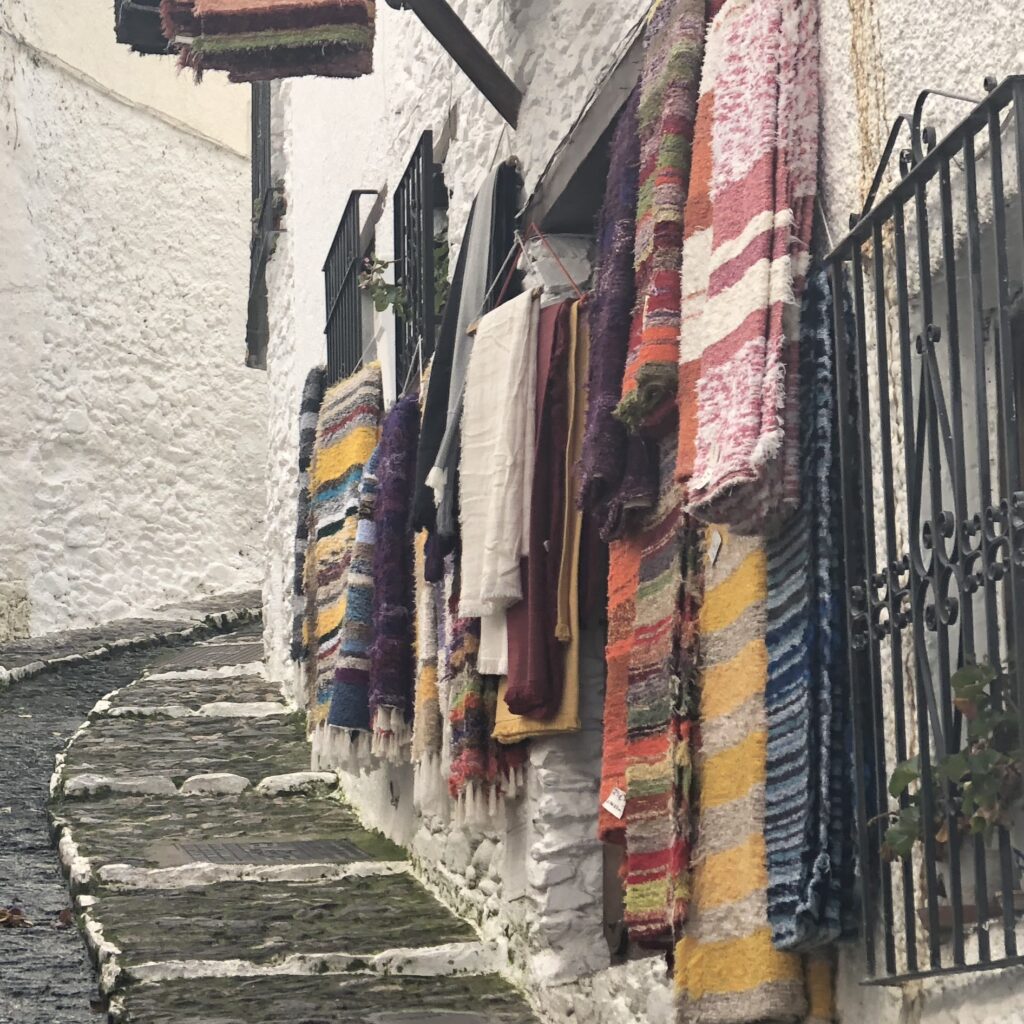
Granada‘s strategic location helped commercial routes, making it a nerve centre for the production and distribution of silk in Europe in the 13th century.
Nowadays silk is no longer produced in Granada, nevertheless, this heritage lives on through workshops that continue to craft embroidery motifs inspired by Hispano-Muslim culture and to make looms.
These designs often feature geometric, arabesque and floral motifs that recall the rich cultural heritage of the region.
You can find them, for example, adorning typical Easter costumes.
In addition to embroidery, Granada is known for the looms produced for textile production, such as the Alpujarreño weavings made from recycled coloured fibre textiles.
Skilled craftsmen meticulously manufacture these looms, essential tools for weaving cloth and tapestries.
Each of these crafts are certainly unique and surprising, but if we had to single out the craftsmanship par excellence in Granada, Taracea would definitely be it hands down.
Artisans in Granada: The Ancient Craft of La Taracea
The art of taracea has passed down through the centuries in Granada, keeping similar techniques such as those traditionally used during the Muslim domination in the Middle Ages.
Throughout history, this form of craftsmanship has given life to a wide range of furniture and decorative objects, which has made Granada’s taracea a highly valuable craft all over the world.
From jamugas and bargueños to tables, cases, frames, trays, and more, the endless creativity of Granada’s artisans has birthed unique masterpieces.
Taracea’s work consists of covering surfaces with wooden slats using geometric motifs, often combined in whimsical shapes such as fretwork and stars.
These designs remind us of Múdejar decoration, with nods to the Alhambra’s astonishing ceiling motifs, making a direct reference to the city’s rich history.
Thus, Taracea is a signature that enhances the beauty of any object and adds a touch of distinction to any environment.
Inlay is said to have started in Mesopotamia more than 3,000 years ago and spread to different regions of the world, such as Egypt, Persia, India and Spain.
And the word Taracea comes from the Arabic word “tarxia”, which means inlay.
Today, some of the most renowned Taracea workshops are still in Spain, especially in the region of Andalusia.
Taracea artisans in Granada are world renowned and their workshops not only produce traditional pieces, but also use modern techniques and fancy designs to suit today’s trends.
Do you want to know more about the traditional Artisans of Granada?
In Granada there are only a handful of artisans who maintain this cherished tradition, yet in a charming shop in the Calle Real de la Alhambra you will discover one of these jewels
In the heart of the Medina of the Alhambra stands the workshop of the Laguna family, which has spent decades mastering this ancient technique.
In their cosy workshop-shop, you will find a wide variety of exquisite pieces.
From melodious music boxes and jewellery boxes to elegant tables, trays, picture frames and, the outstanding chess boards.
A much-loved game throughout the world, introduced by the Arabs in the Al Andalus period, adding another layer of historical richness to this craft.
On your next trip to the Alhambra, take the opportunity to witness first-hand the enduring legacy of craftsmanship.
Contact me and together we will embark on a journey to Granada immersing ourselves into the city’s rich artisanal ancestral traditions and to take home unique and authentic mementos.
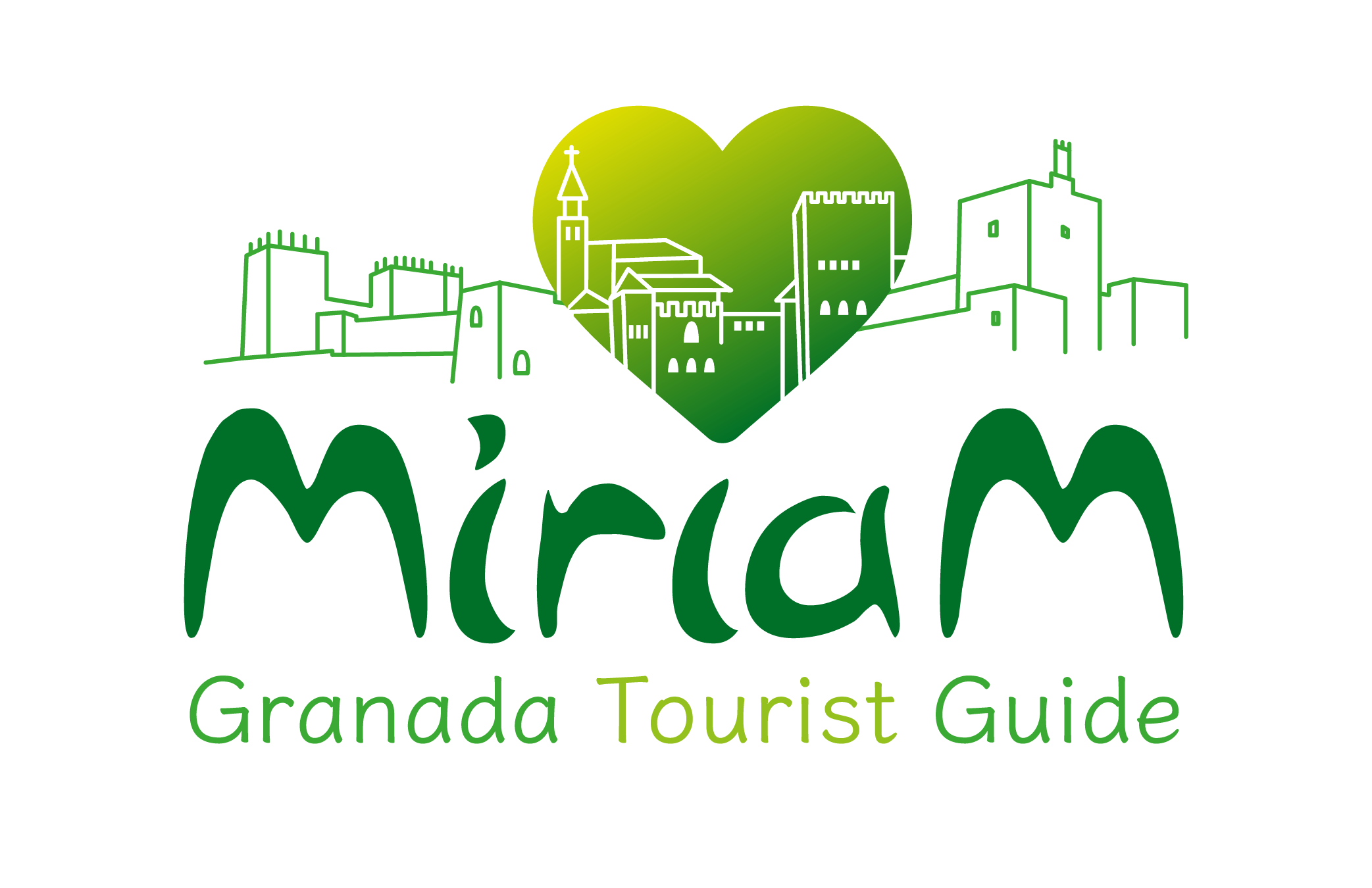

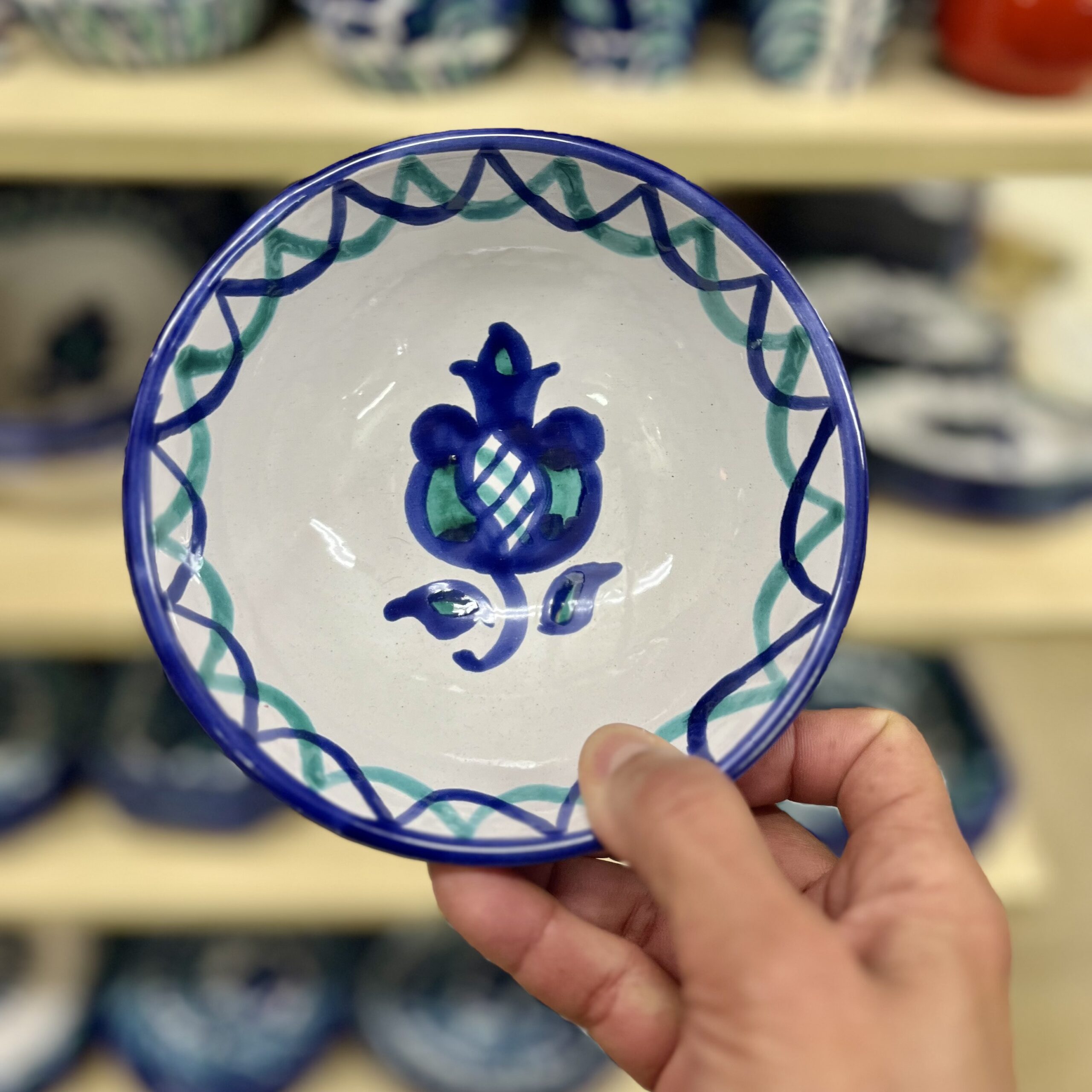

Comment (0)